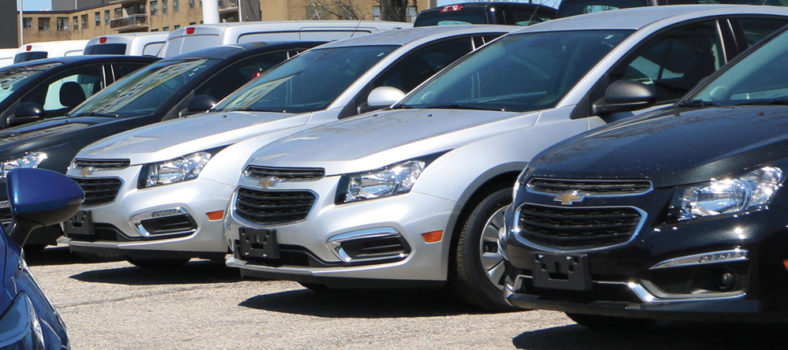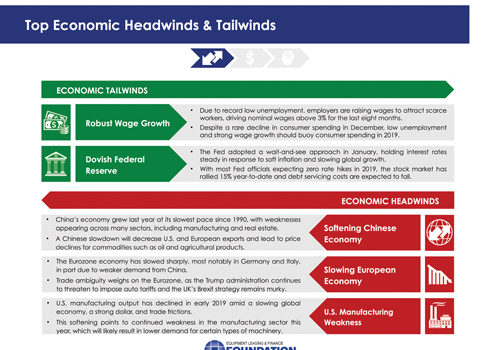By Brendan Read
High demand, accelerated by a strong economy and resulting impressive revenue growth have signalled to Canada’s major railways to invest more in their rolling stock, both locomotives and railcars. Here is a snapshot of the nationwide carriers:
Canadian National Railway (CN)
CN recorded $14.32 billion in revenues in 2018: a 10 per cent increase over its 2017 results of $13.04 billion, according to its annual report. Rail freight comprised approximately $13.55 billion, up from $12.29 billion in the year previous. Carloadings increased four per cent in 2018 to approximately 5.98 million from 5.74 million in 2017.
To sustain existing and future demand CN spent approximately $500 million on equipment capital expenditures in 2018. This includes the acquisition of 500 new centerbeam cars and 65 new high-horsepower diesel-electric locomotives.
At the same time, the company’s equipment rental expenses increased by $49 million, or 12 per cent, in 2018 over 2017 said the annual report. Higher leased locomotive costs and railcar hire expenses drove the hike.
For 2019 CN has planned to spend $800 million on equipment capital expenditures, “allowing the Company to tap growth opportunities and improve the quality of the fleet, and in order to handle expected traffic increase and improve operational efficiency”. This includes expecting to take delivery of 140 new high-horsepower locomotives and 500 new grain hopper cars.
Canadian Pacific Railway (CP)
CP recorded $7.32 billion in revenues in 2018: an approximately 12 per cent increase from $6.55 billion in 2017, according to its annual report. Carloadings grew to about 2.74 million from 2.63 million over the same period.
To support its business CP spent $401 million on rolling stock in 2018. This includes approximately $218 million in its existing locomotive fleet. It is largely comprised of modern, fuel-efficient, high-hauling capacity and reliable AC-motored diesel-electric locomotives. The railway has 818 of these locomotives, of which 34 of leased.
But CP said it “does not foresee the need to acquire new locomotives for the next several years”. The railway had 243 of its 1,423 locomotives in storage as of December 31, 2018.
In 2018 CP also invested approximately $183 million freight cars and containers, mainly converting leases to ownership. The railway is also renewing its depleted assets, including acquiring new covered hopper cars for grain haulage.
At the same time CP saw its equipment rental costs shrink by eight per cent or $12 million to $130 million in 2018 from $142 million in 2017. This decrease, said the railway, “was primarily due to the purchase or return of leased freight cars and lower usage of pooled intermodal containers reducing rental expenses by $7 million and a $4 million increase in receipts from other railways’ use of CP equipment”. As of December 31, 2018, it had 35,805 freight cars (13,721 leased), and 8,918 containers (294 leased).
In 2019 CP plans to invest approximately 30 per cent of a planned $1.6 billion capital programme on rolling stock, including freight cars and locomotive improvements. The railway will have 1,900 new high-capacity hopper cars by the end of 2019.
(Note: both CN and CP also have U.S. operations where their fleets are used, including on cross-border trains.)
VIA Rail Canada
VIA Rail reported that its revenues climbed 11.9 per cent in 2018, reaching $392.6 million from $365.7 million in 2017, with the passenger component having grown to $369 million from $342.6 million in the same period. Ridership increased by eight per cent over this period, to approximately 4.75 million from 4.39 million.
Based on these results, and with financial support from the federal government, which owns the intercity passenger rail carrier, VIA has embarked on a fleet modernization programme.
In December 2018 VIA awarded a $989 million contract to Siemens Canada build 32 new more efficient, comfortable, accessible and lower-emissions trainsets for its Quebec City-Windsor Corridor. Delivery is expected in 2022. More trains may be ordered in the future should the federal government approve VIA’s proposed High Frequency Rail project, linking Quebec City with Montreal and Toronto.
VIA Rail is also renovating its long-distance rolling stock fleet. The work is being split between outside vendors, including Bombardier, Cad Railway Industries, Rail GD and internally.




